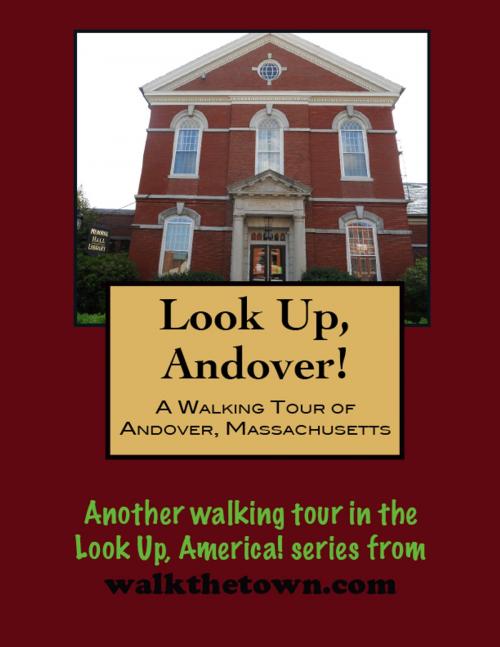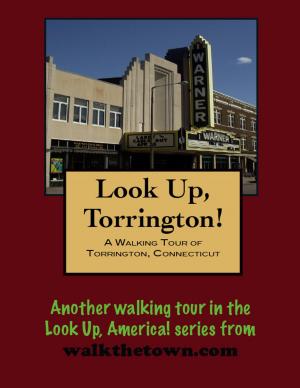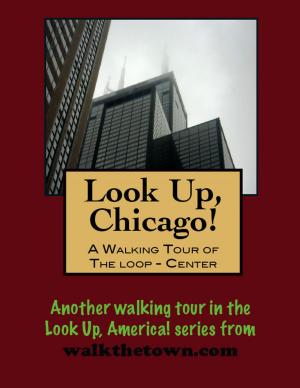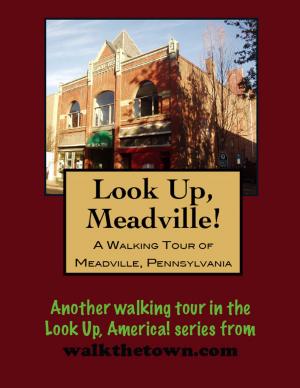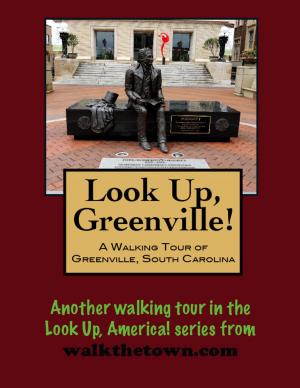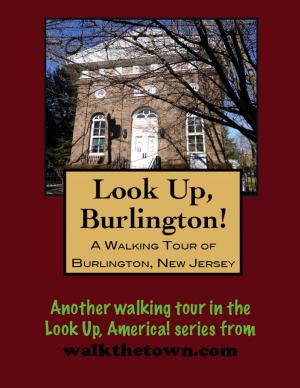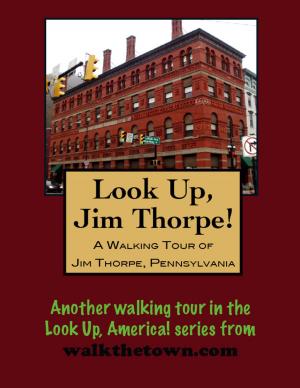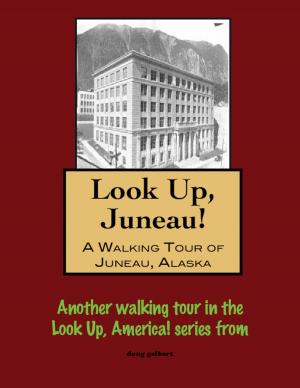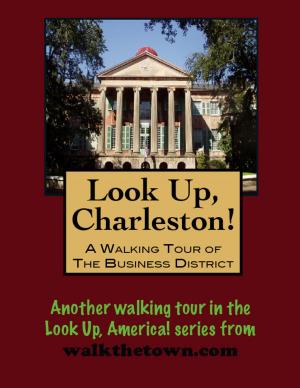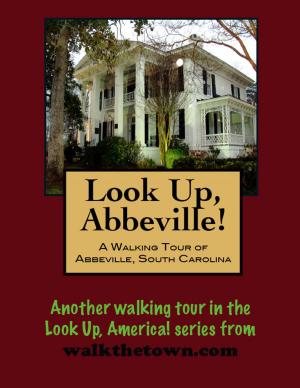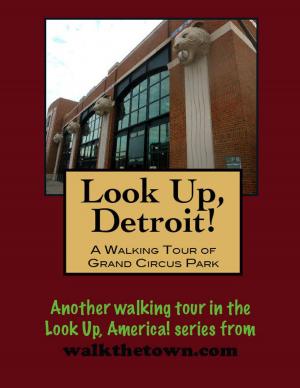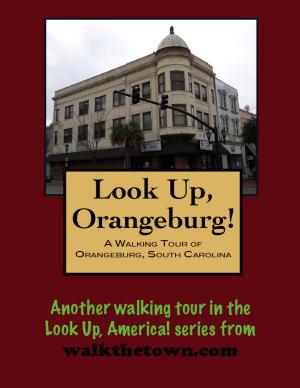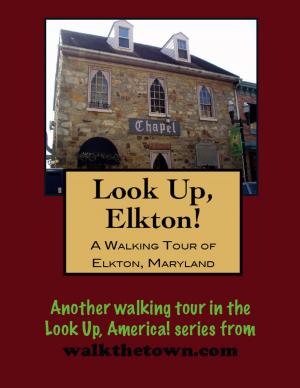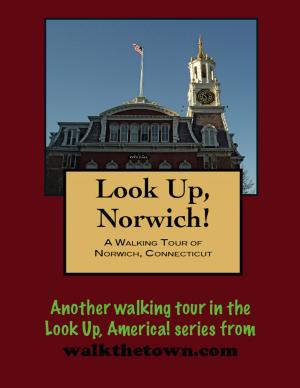| Author: | Doug Gelbert | ISBN: | 9781458002013 |
| Publisher: | Doug Gelbert | Publication: | February 14, 2011 |
| Imprint: | Smashwords Edition | Language: | English |
| Author: | Doug Gelbert |
| ISBN: | 9781458002013 |
| Publisher: | Doug Gelbert |
| Publication: | February 14, 2011 |
| Imprint: | Smashwords Edition |
| Language: | English |
There is no better way to see America than on foot. And there is no better way to appreciate what you are looking at than with a walking tour. Whether you are preparing for a road trip or just out to look at your own town in a new way, a downloadable walking tour is ready to explore when you are.
Each walking tour describes historical and architectural landmarks and provides pictures to help out when those pesky street addresses are missing. Every tour also includes a quick primer on identifying architectural styles seen on American streets.
Size-wise, Andover was one of the largest towns in early Massachusetts. It got so big that it would take the better part of a day to travel from the southern part of town, where the farmlands were, to the northern part of town, where the village formed and the meetinghouse existed. When the people in the South Parish agitated for their own meetinghouse Andover was broken in two in 1855, the town area in the north became North Andover and the agrarian area to the south became Andover.
Only by this time what little remained of Andover’s agricultural beginnings was fast disappearing. By the Revolutionary War there were sawmills and gristmills and ironworks powered by the Shawsheen River. To supply gunpowder for the patriot cause a powder mill started in Andover. It would eventually blow itself out of existence but shortly after that came textile mills and a rubber factory. The patriarchal millowners built housing and recreation halls for their workers and Andover was essentially a mill town its whole existence.
Our walking tour of what became of the land purchased in 1641 for “six pounds of currency and a coat” will begin with the lifeline that arrived in town in 1835 and brought the promise of prosperity that would define Andover in the 19th century and beyond...
There is no better way to see America than on foot. And there is no better way to appreciate what you are looking at than with a walking tour. Whether you are preparing for a road trip or just out to look at your own town in a new way, a downloadable walking tour is ready to explore when you are.
Each walking tour describes historical and architectural landmarks and provides pictures to help out when those pesky street addresses are missing. Every tour also includes a quick primer on identifying architectural styles seen on American streets.
Size-wise, Andover was one of the largest towns in early Massachusetts. It got so big that it would take the better part of a day to travel from the southern part of town, where the farmlands were, to the northern part of town, where the village formed and the meetinghouse existed. When the people in the South Parish agitated for their own meetinghouse Andover was broken in two in 1855, the town area in the north became North Andover and the agrarian area to the south became Andover.
Only by this time what little remained of Andover’s agricultural beginnings was fast disappearing. By the Revolutionary War there were sawmills and gristmills and ironworks powered by the Shawsheen River. To supply gunpowder for the patriot cause a powder mill started in Andover. It would eventually blow itself out of existence but shortly after that came textile mills and a rubber factory. The patriarchal millowners built housing and recreation halls for their workers and Andover was essentially a mill town its whole existence.
Our walking tour of what became of the land purchased in 1641 for “six pounds of currency and a coat” will begin with the lifeline that arrived in town in 1835 and brought the promise of prosperity that would define Andover in the 19th century and beyond...
